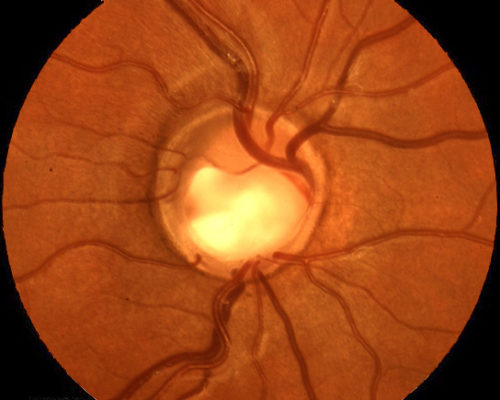Glaucoma is one of the leading causes of blindness in the world. The most common form, open angle glaucoma, usually appears without symptoms, causing progressive vision loss. It can lead to irreversible blindness if left untreated. Early diagnosis and treatment is crucial to managing glaucoma. As there are usually no warning signs of glaucoma, you should have regular eye examinations for early detection. By age 40, you should get checked for glaucoma every two to three years.
Our team offers effective treatment options for glaucoma, helping control the condition to prevent worsening of your vision. If you would like to set up an appointment to learn more about the disease and whether you are at risk, please feel free to contact us.
Glaucoma is often a painless, silent condition– until the vision is irreversibly damaged. It is a condition that we often find on routine exams, and that can run in families.



